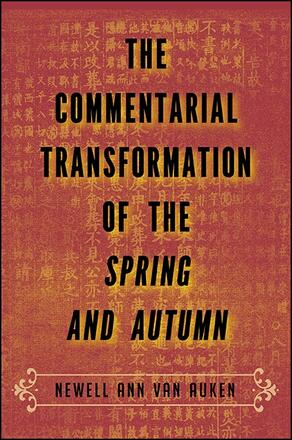
The Commentarial Transformation of the Spring and Autumn
Alternative formats available from:
Shows how the text evolved from a non-narrative historical record into a Confucian classic.
Description
The Spring and Autumn is among the earliest surviving Chinese historical records, covering the period 722–479 BCE. It is a curious text: the canonical interpretation claims that it was composed by Confucius and embodies his moral judgments, but this view appears to be contradicted by the brief and dispassionate records themselves. Newell Ann Van Auken addresses this puzzling discrepancy through an examination of early interpretations of the Spring and Autumn, and uncovers a crucial missing link in two sets of commentarial remarks embedded in the Zuǒ Tradition. These embedded commentaries do not seek moral judgments in the Spring and Autumn, but instead interpret its records as produced by a historiographical tradition that was governed by rules related to hierarchy and ritual practice. Van Auken's exploration of the Zuǒ Tradition and other early commentaries sheds light on the transformation of the Spring and Autumn from a simple, non-narrative historical record into a Confucian classic.
Newell Ann Van Auken teaches in the Department of Asian and Slavic Languages and Literatures at the University of Iowa.
Reviews
"…this book is a finely illuminating piece of research and exposition, executed with great care and precision." — Dao